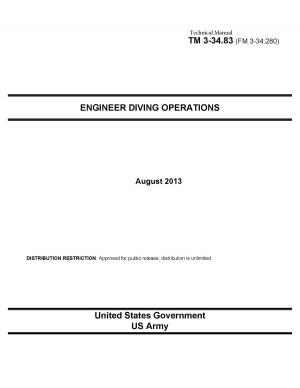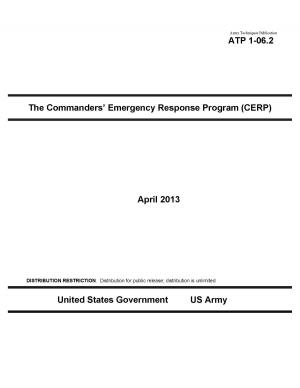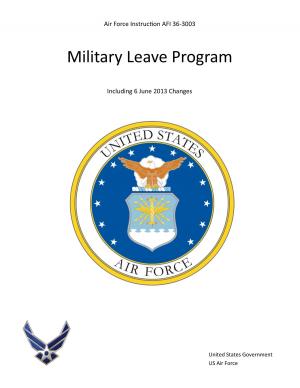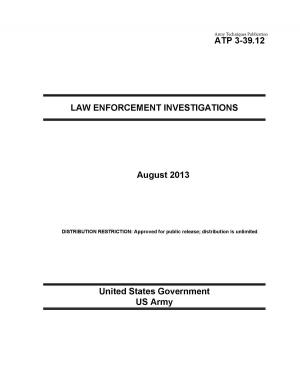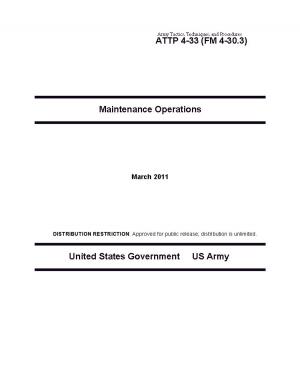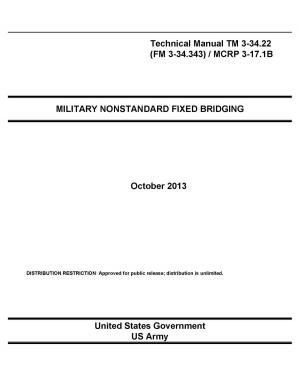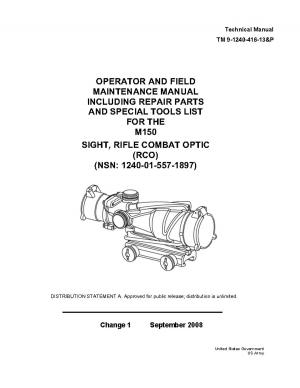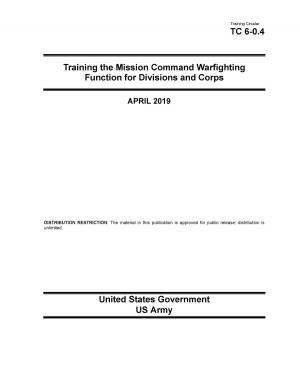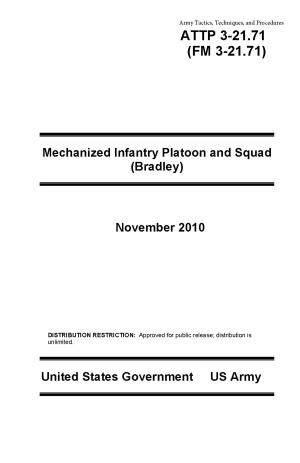Army Tactics, Techniques, and Procedures ATTP 4-41 (FM 10-23) Army Field Feeding and Class I Operations
Nonfiction, Reference & Language, Study Aids, Graduate & Professional, Armed Forces, Vocational, Reference, Guides & Handbooks| Author: | United States Government US Army | ISBN: | 1230000126433 |
| Publisher: | eBook Publishing Team | Publication: | April 21, 2013 |
| Imprint: | Language: | English |
| Author: | United States Government US Army |
| ISBN: | 1230000126433 |
| Publisher: | eBook Publishing Team |
| Publication: | April 21, 2013 |
| Imprint: | |
| Language: | English |
Food is fuel for the Soldier. Providing nutritious and high quality subsistence to Soldiers is paramount to the Army’s success and mission accomplishment on the battlefield. Field feeding directly affects the morale, combat effectiveness, and health of the combat Soldier.
The objective of the Army Field Feeding System (AFFS) is to provide Soldiers the right meal at the right place at the right time. Achieving this objective is an ever-evolving challenge because of modular force packaging that supports brigade-centric operations. The Army tailors modular force components based on the scope of the Army or joint mission. The modular Army force is faster, more agile and adaptive, multifunctional, lethal and capable of conducting full spectrum operations. Class I operations and field feeding systems must continue to evolve to ensure Army food service operations continue to serve as a ready and relevant force component.
This Army tactics, techniques, and procedures (ATTP) provides field food service doctrine through methods, techniques, and procedures for providing subsistence to Soldiers during the full spectrum of military operations. Commanders, logistic staff planners, food advisors, Class I managers, food operations managers, subsistence supply handlers, and food service specialists are the intended audience for this manual. Because no two missions are the same, personnel must adapt the doctrine in this manual to fit the needs of the given situation and mission.
Since this manual was last published, the Army has conducted many combat and stability operations that have greatly affected the way Class I is provided to Soldiers. This manual incorporates these lessons learned. Where appropriate, this manual references other food service doctrinal publications, such as Army Regulation (AR) 30-22, Department of the Army (DA) Pamphlet 30-22, and field manual (FM) 10-23-2. Army Food Program policy and operational procedures are also contained in these publications and should be used in conjunction with this manual to plan and conduct field food service and Class I operations during field training exercises, operational deployments, and contingency operations.
Part one of this manual provides an in-depth overview of the AFFS, modular subsistence sustainment, personnel responsibilities, and Class I supply planning considerations.
Part two of this manual discusses the Army family of rations and field kitchen equipment. Both areas continue to evolve based on current and future military operations.
Part three of this manual provides guidance and operational procedures for field kitchen operations, Class I supply operations, and contingency operations (CONOPS).
In the appendixes are several checklists that provide additional Class I supply and food service training, planning, and maintenance guidance.
Commanders, logistical planners, subsistence supply managers, food advisors, food operation sergeants, and food service personnel should continue to provide feedback based on their lessons learned during operations on the content and operational procedures presented in this manual. Your input is vital to the continued evolvement and success of the Army’s Class I mission and to ensure that our Soldiers continue to be the best fed in the world.
The proponent of this publication is United States Army Training and Doctrine Command (TRADOC).
This FM applies to the Active Army, the Army National Guard (ARNG)/Army National Guard of the United
States (ARNGUS), and the United States Army Reserve (USAR).
Food is fuel for the Soldier. Providing nutritious and high quality subsistence to Soldiers is paramount to the Army’s success and mission accomplishment on the battlefield. Field feeding directly affects the morale, combat effectiveness, and health of the combat Soldier.
The objective of the Army Field Feeding System (AFFS) is to provide Soldiers the right meal at the right place at the right time. Achieving this objective is an ever-evolving challenge because of modular force packaging that supports brigade-centric operations. The Army tailors modular force components based on the scope of the Army or joint mission. The modular Army force is faster, more agile and adaptive, multifunctional, lethal and capable of conducting full spectrum operations. Class I operations and field feeding systems must continue to evolve to ensure Army food service operations continue to serve as a ready and relevant force component.
This Army tactics, techniques, and procedures (ATTP) provides field food service doctrine through methods, techniques, and procedures for providing subsistence to Soldiers during the full spectrum of military operations. Commanders, logistic staff planners, food advisors, Class I managers, food operations managers, subsistence supply handlers, and food service specialists are the intended audience for this manual. Because no two missions are the same, personnel must adapt the doctrine in this manual to fit the needs of the given situation and mission.
Since this manual was last published, the Army has conducted many combat and stability operations that have greatly affected the way Class I is provided to Soldiers. This manual incorporates these lessons learned. Where appropriate, this manual references other food service doctrinal publications, such as Army Regulation (AR) 30-22, Department of the Army (DA) Pamphlet 30-22, and field manual (FM) 10-23-2. Army Food Program policy and operational procedures are also contained in these publications and should be used in conjunction with this manual to plan and conduct field food service and Class I operations during field training exercises, operational deployments, and contingency operations.
Part one of this manual provides an in-depth overview of the AFFS, modular subsistence sustainment, personnel responsibilities, and Class I supply planning considerations.
Part two of this manual discusses the Army family of rations and field kitchen equipment. Both areas continue to evolve based on current and future military operations.
Part three of this manual provides guidance and operational procedures for field kitchen operations, Class I supply operations, and contingency operations (CONOPS).
In the appendixes are several checklists that provide additional Class I supply and food service training, planning, and maintenance guidance.
Commanders, logistical planners, subsistence supply managers, food advisors, food operation sergeants, and food service personnel should continue to provide feedback based on their lessons learned during operations on the content and operational procedures presented in this manual. Your input is vital to the continued evolvement and success of the Army’s Class I mission and to ensure that our Soldiers continue to be the best fed in the world.
The proponent of this publication is United States Army Training and Doctrine Command (TRADOC).
This FM applies to the Active Army, the Army National Guard (ARNG)/Army National Guard of the United
States (ARNGUS), and the United States Army Reserve (USAR).

